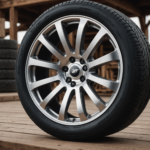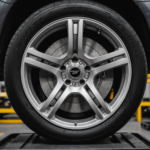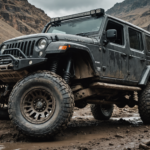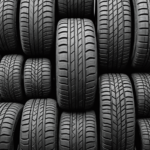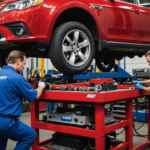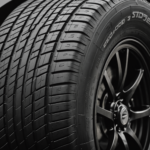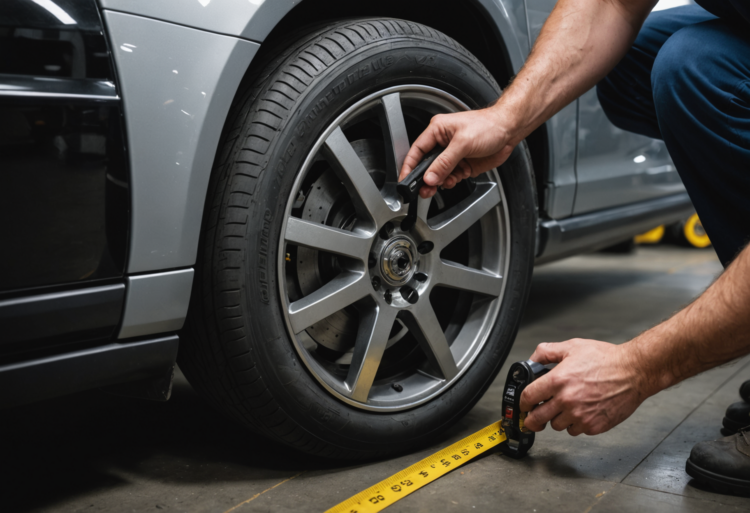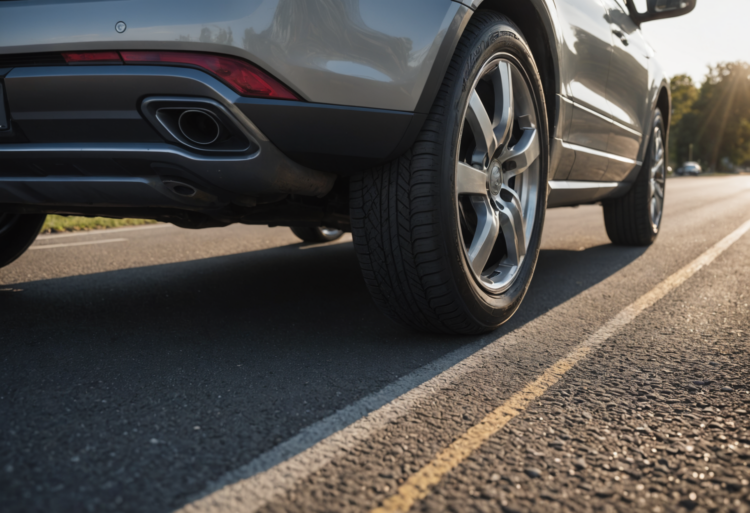Understanding the compatibility of tire types with different wheel materials is essential for any vehicle owner. The performance, safety, and longevity of tires heavily depend on how well they match with their corresponding wheels. This article delves deep into the different types of tires and wheel materials, examining their characteristics, advantages, and suitable combinations.
Understanding Tire Types
Tires come in various types, each designed for specific conditions and performance factors. Here is a brief overview of the most common types:
- All-Season Tires: Designed to provide a balance of performance in both wet and dry conditions. Ideal for moderate climates.
- Winter Tires: Engineered with a special tread pattern and rubber compound for traction on snow and ice.
- Performance Tires: Built for superior handling, stability, and speed. Typically used in high-performance vehicles.
- Off-Road Tires: Designed for rugged terrains, these tires feature enhanced tread patterns and sidewalls.
- Touring Tires: Focused on a smooth ride and longevity, these tires are excellent for long-distance driving.
Factors Influencing Tire Performance
The performance of a tire is influenced by several factors, including:
- Traction: The grip a tire has on the road surface, crucial for safety and handling.
- Durability: The ability of a tire to withstand wear and tear over time.
- Comfort: The smoothness of the ride, affecting passenger comfort.
- Noise Level: The amount of road noise generated by the tires, impacting the overall driving experience.
Exploring Wheel Materials
Wheels are typically made from several materials, each offering distinct advantages and characteristics. The most common materials include:
- Steel: Known for its durability and cost-effectiveness. Steel wheels are often heavier but can withstand rough conditions.
- Aluminum: Lighter than steel, aluminum wheels improve performance and fuel efficiency. They also come in various designs.
- Alloy: A mixture of metals, alloy wheels provide a balance between weight, aesthetics, and strength.
- Composite: Made from a blend of materials, these wheels can offer unique benefits in terms of weight and strength.
Key Attributes of Wheel Materials
When choosing a wheel material, consider the following attributes:
- Weight: Lighter wheels can enhance vehicle performance, particularly in acceleration and fuel efficiency.
- Strength: The ability to resist deformation and damage from impacts or road conditions.
- Corrosion Resistance: Certain materials are better at resisting corrosion, impacting longevity.
- Cost: The budget plays a significant role in selecting materials, as options can vary widely in price.
Compatibility Between Tire Types and Wheel Materials
Finding the right combination between tire types and wheel materials is crucial for maximizing vehicle performance and safety. Below is a breakdown of compatible combinations:
| Tire Type | Compatible Wheel Materials | Reasons for Compatibility |
|---|---|---|
| All-Season Tires | Steel, Aluminum | Provides versatility and durability, suitable for various weather conditions. |
| Winter Tires | Steel, Alloy | Steel’s durability aids in rough winter conditions, while alloy offers weight savings. |
| Performance Tires | Aluminum, Alloy | Enhances speed and handling through lighter materials. |
| Off-Road Tires | Steel, Aluminum | Steel provides strength for rough terrains, while aluminum reduces weight. |
| Touring Tires | Aluminum, Alloy | Lightweight and stylish, improving comfort on long drives. |
Considerations for Optimal Compatibility
When ensuring the compatibility of tire types with wheel materials, several factors must be considered:
- Wheel Diameter: Ensure that the wheel diameter matches the specifications of the tire.
- Load Index: The load capacity of the tire must align with the strength of the wheel material.
- Offset and Backspacing: These wheel dimensions affect tire clearance and overall vehicle handling.
- Intended Use: Consider the driving environment and conditions when selecting tires and wheels.
Tire Maintenance and Safety
Even with the right tire and wheel combinations, maintaining them is crucial for safety and performance. Here are key maintenance tips:
- Regular Inspections: Frequently check tires for signs of wear, cuts, or punctures.
- Proper Inflation: Maintain the correct tire pressure to ensure optimal performance.
- Rotate Tires: Regular rotation can extend the life of tires and ensure even wear.
- Alignment and Balancing: Proper alignment ensures quick handling and minimizes tire wear.
Impact of Weather on Tire-Wheel Compatibility
Weather conditions significantly affect tire performance and, consequently, their compatibility with wheel materials. Consider the following:
- Hot Weather: In hotter climates, tires can wear more quickly. Tires designed for warmer conditions typically pair better with aluminum wheels, which provide cooling benefits.
- Cold Weather: In colder climates, winter tires must be fitted with durable steel wheels to withstand harsh conditions.
Conclusion
In summary, the compatibility of tire types with wheel materials is a vital consideration for vehicle owners looking for optimal performance, safety, and longevity. Understanding the differences in tire types and wheel materials can inform better decision-making and maintain the integrity of vehicles. Regular maintenance practices also play an integral role in ensuring safety. By prioritizing compatibility, drivers can enhance their driving experience and ensure a longer life for both tires and wheels.
This comprehensive article covers the compatibility of tire types with wheel materials, offering readers valuable insights into making informed decisions regarding their vehicle’s performance and safety. The text is structured with appropriate HTML tags and includes various elements such as lists and tables to enhance readability and engagement.


